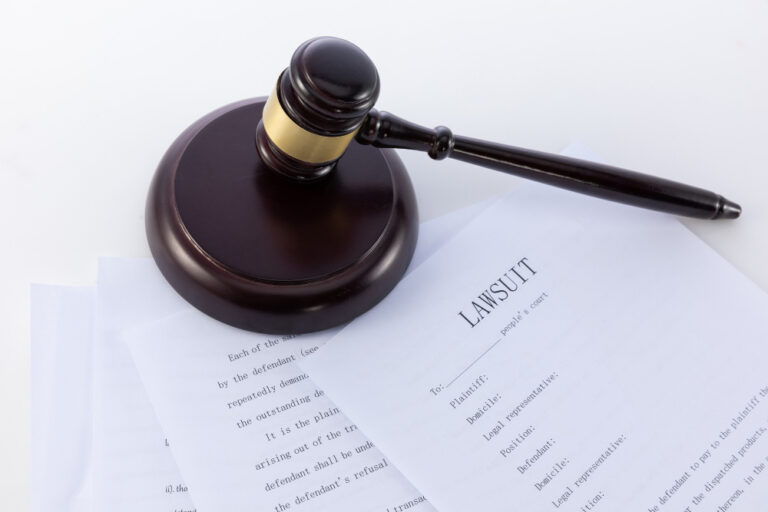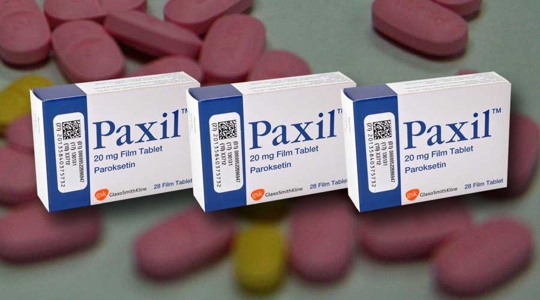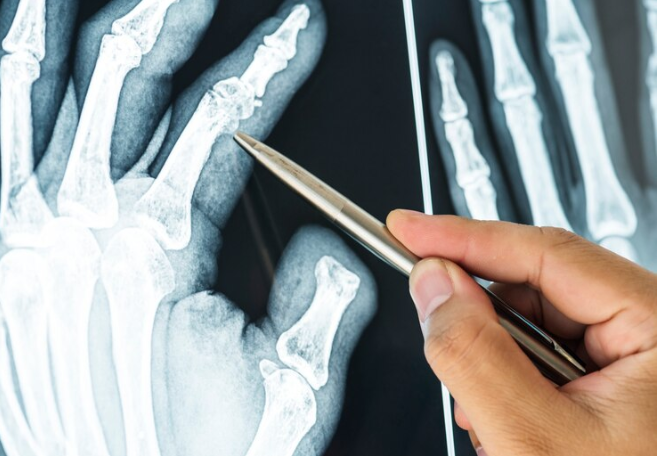The Johnson and Johnson lawsuit hip replacement settlement addressed concerns raised by numerous plaintiffs. Legal analysts closely followed the case’s developments, recognizing the potential impact on the pharmaceutical industry’s accountability.
Read the full explanation regarding this lawsuit that concerns one of Depuy and Johnson and Johnson’s products below!
DePuy Hip Replacement Lawsuit
DePuy and its parent company, Johnson and Johnson surprised the nation after introducing the hip replacement devices in 2010. The news gained widespread attention when reports of complaints associated with the implant started to pile up.
Numerous patients who had undergone hip replacement surgeries using Johnson and Johnson’s implant reported issues such as device failure, metal poisoning, and severe pain. These problems prompted legal actions against the company, with patients claiming physical and financial hardships as a result.
In 2023, Johnson & Johnson and its subsidiary, DePuy faced a federal judge sanction. The company intentionally obstructed legal proceedings and unfairly prolonged an injured plaintiff’s pursuit for justice in a lawsuit over its defective Articular Surface Replacement (ASR) and Pinnacle hip implant.
As of November 2023, there are no remaining lawsuits in DePuy multidistrict litigation (MDL). While no cases are pending, it is still technically open. The massive volume of lawsuits related to faulty hip implants reached over 10,000 legal actions at the height of the multidistrict litigation proceedings.
The lawsuit alleged that the company failed to adequately warn patients and healthcare professionals about the potential risks associated with the hip replacement products. Plaintiffs argued that the device was prone to premature failure, which led to revision surgeries and additional medical expenses.
Data Regarding Johnson and Johnson Lawsuit Hip Replacement Settlement
DePuy along with Johnson & Johnson settled the first 3 lawsuits in August 2013. In November 2013, they settled nearly 8,000 ASR lawsuits for $4 billion and another 1.800 cases in March 2015 for an additional $420 million.
In May 2019, they agreed to pay a $1 billion settlement for nearly 6,000 cases involving the Pinnacle hip replacement lawsuits. The settlement will cover over 95% of the eligible plaintiffs.
Over the many lawsuits, there are no definitive results. DePuy has won some cases in trial, but many settlements or verdicts result in favor of the plaintiffs. The outcome of these lawsuits varied depending on the specific facts and circumstances of each case.
Who is Eligible for the Settlement?
The Johnson and Johnson lawsuit hip replacement settlement is eligible for those who have undergone hip replacement surgery with DePuy’s device and suffered from complications or injuries due to design flaws. The adverse effects might also come from manufacturing defects or inadequate warnings.
Regarding the settlement amount, individual settlement results may differ. The existing settlements typically involve cases where plaintiffs underwent revision surgery to remove the defective hip implant.
However, specific cases and various factors are still taken into account, such as the extent of the injuries, medical expenses, and the impact on patients’ quality of life. Accordingly, individuals who faced long-term disabilities and extensive medical treatments were typically eligible for higher compensation.
The complications of the implant may include pain, dislocation, metal poisoning, implant failure, and bone fractures, as mentioned earlier. These problems will result in revision surgery or other medical procedures.
Patients with ASR or Pinnacle hip replacement who experienced complications or underwent revision surgery may be eligible for compensation. Especially for the ASR hip replacement, those who have undergone revision surgery before August 31, 2013, are eligible.
The Reason for Piling Hip Replacement Lawsuits
The faulty implant causes various problems and discomfort to the patients. Besides, many of them suffer complications from the surgery. The lawsuit plies up since plaintiffs bring up product failures or faulty materials and design flaws that cause those effects. There are three most common complications that the plaintiffs point out.
1. Dislocation
Dislocation is one of the causes that can lead to other problems. In addition to severe pain, joint dislocation can lead to bone fractures from the device moving out of place.
2. Failure or Loosening
A faulty device that doesn’t function as it is intended to can cause infection, fracture, or aseptic loosening. With a failing hip replacement, patients will experience symptoms, as follows:
- joint instability,
- popping or clicking noises,
- pain sensation in the upper thigh and groin area,
- subluxation (partial dislocation),
- dislocation, or
- pain in the thigh area when walking.
3. Metallosis
Metallosis is a metal poisoning due to two metal components rubbing against each other and then releasing microscopic particles into the body. Consequently, it will lead to tissue damage and the defective artificial hip will lead to other problems, such as loosening.
This issue predominantly happens on the metal-on-metal implant. The implant relied on a metal ball mounted on top of the thighbone allowing it to rotate. The medical community now fully understands the metal-on-metal compilation. DePuy also stopped the sale of all-metal versions of the Pinnacle after numerous complaints.
DePuy’s Hip Replacement Verdicts
DePuy along with the Johnson and Johnson lawsuit hip replacement settlement mostly favored the plaintiffs. Over the years, people who experienced pain and trauma from faulty hip replacements joined the Multidistrict Litigation (MDL) and received compensation.
In many cases of MDLs, cases do not end in court. Rather than risk an adverse legal judgment, companies frequently opt to negotiate financial compensation with plaintiffs outside of judicial proceedings. To limit their financial losses, companies initiate settlement deals with aggrieved parties instead of uncertain verdicts.
DePuy’s settlements over Pinnacle and ASR hip replacement products total over $4 billion across 20,000 separate claims for the mass lawsuit. Yet, pending lawsuits against the company still exist. While specific amounts vary, aggrieved parties can expect to receive several hundred thousand dollars in compensation.
How Long Will It Take to Receive Settlement?
Many plaintiffs in the DePuy hip lawsuit may have already received their compensation. For any unresolved hip replacement cases, it can take several months for the DePuy and Johnson and Johnson lawsuit hip replacement settlement amount to be distributed.
The distribution process of the settlement amount includes calculating individual settlement amounts, setting up the claim process, and resolving any outstanding medical bills. Many law experts estimate roughly between four to six weeks to receive a payout from the time the settlement is agreed upon.
The Conclusion of Johnson and Johnson Lawsuit Hip Replacement Settlement
These hip replacement lawsuits serve as a cautionary tale for both pharmaceutical companies and regulatory bodies. It emphasizes the need for better quality control measures and transparent communication about potential risks.
Generally speaking, the plaintiffs get the compensation they deserve if their case meets the criteria (according to the eligibility terms).



